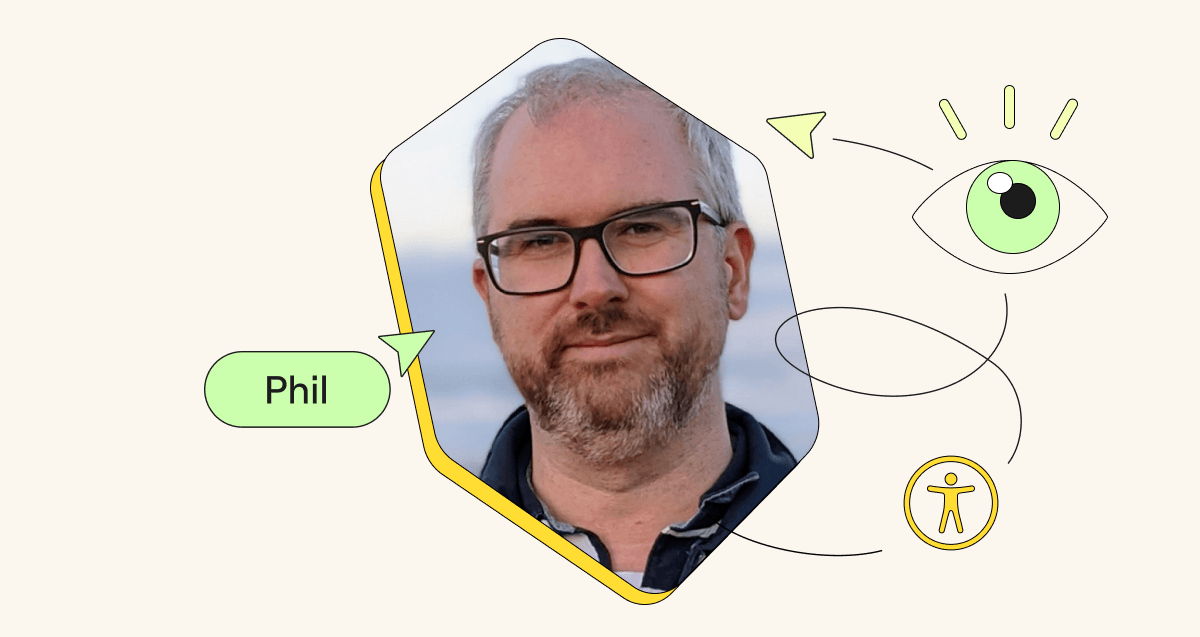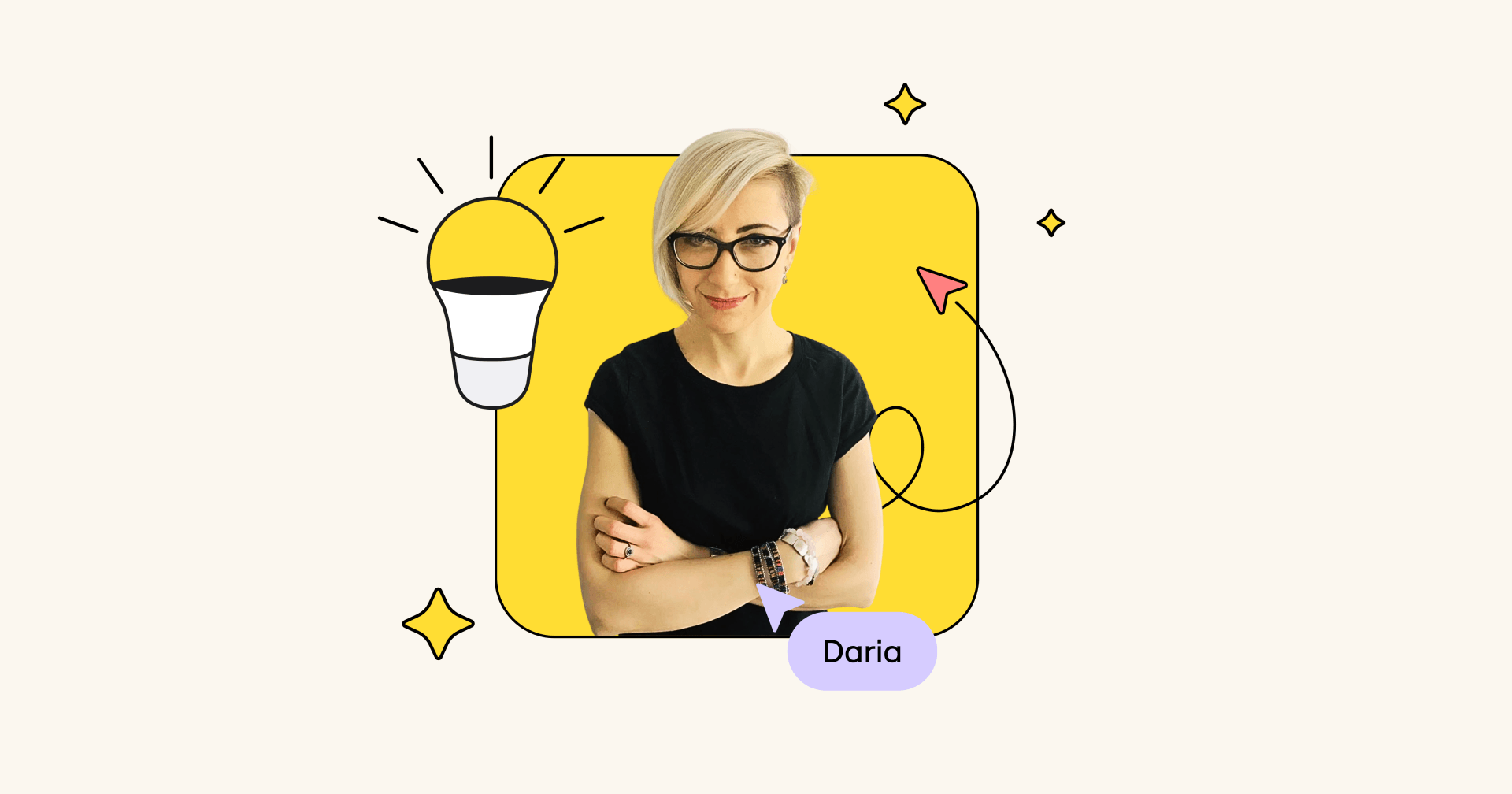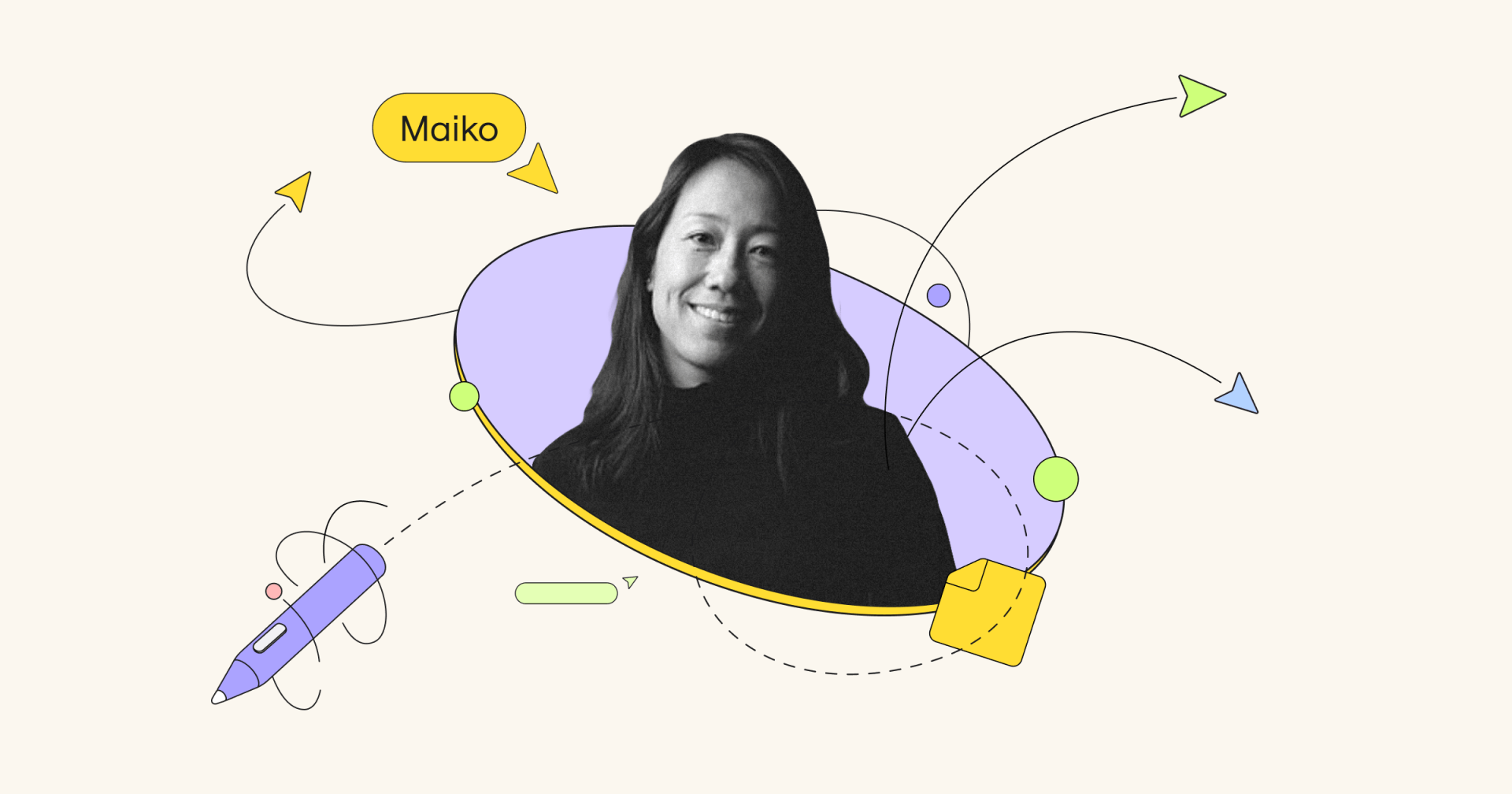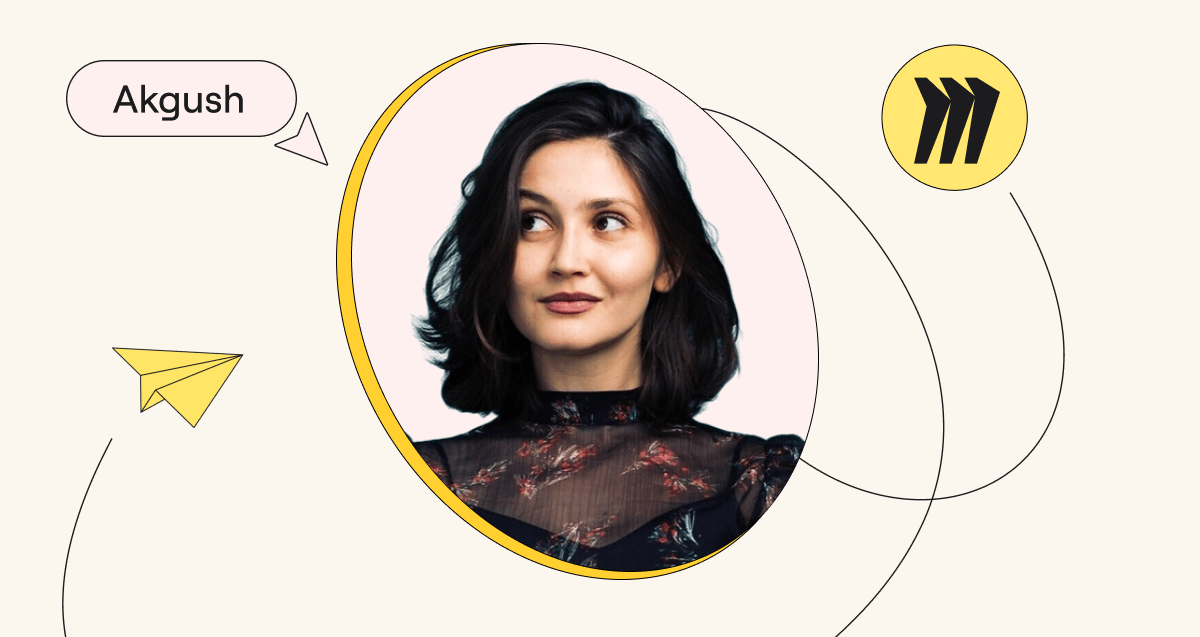Phil Strain, Miro’s Head of Accessibility, holds a PhD in Computer Science (Human-Computer Interaction) and has previously led accessibility efforts at Google, Apple and Spotify.
How did you join the world of accessibility?
I was first introduced to accessibility when my next door neighbor in Northern Ireland was born with a visual impairment. I experienced firsthand how she was excluded socially from day-to-day activities. Technology changed her life — getting access to a mobile phone and later a laptop with a screen reader gave her independence and freedom that she never had before.
I’ve been fascinated ever since by the ways in which we can remove the barriers that prevent people from participating fully in society. That’s one of the reasons I’m so excited about Miro — we have a real opportunity to enable and empower people to collaborate, regardless of ability.
I was also really passionate about music growing up, and I even went as far as to start a degree in music, however changed to computer science after a year. It just so happened that an interdisciplinary center called the Sonic Arts Research Center (SARC) opened in Belfast just as I was finishing my undergrad degree. SARC brings together music, computer science, psychology, and physics and I jumped at the chance to undertake a Masters in Sonic Arts. After that, a PhD project came up which aimed to communicate spatial information using audio and haptics to visually impaired web users. This was the perfect opportunity to align my love of audio and sound with my interest in accessibility. Over the course of my PhD, my research group published multiple papers advancing knowledge in this space.
I was fortunate to have the opportunity to undertake three internships at Google in California and New York while completing a PhD in Human-Computer Interaction before moving on to a full-time role at Google, where I focused on user research with people with disabilities. I then spent some time at Apple building out their iOS accessibility guidelines. And at Spotify I set up and led their accessibility guild and eventual accessibility team.
At Miro I lead our accessibility team, where we have the huge and exciting challenge of unlocking real-time collaboration for people with disabilities.
Can you share Miro’s approach to accessibility?
This quote from Tim Bernes Lee sums it up perfectly: “The power of the web is in its universality. Access by everyone regardless of disability is an essential aspect.”
We wanted to make the case that at Miro, meeting the requirements of Web Content Accessibility Guidelines (WCAG) is important, but is only the first step. The absolute gold standard, and the only way to ensure that your product is truly accessible, or usable to people with disabilities, is to involve them in user research as part of your design and development processes. We also outlined our approach to continually address accessibility through policy, integration with the product development life cycle, and continual training.
Our accessibility strategy at Miro is focused on product innovation, as we have the challenge of making the canvas accessible.
For example, a key accessibility guideline is to make your product usable with a keyboard alone. For most web products, this is simply a matter of ensuring every interactive element is in the tab order. However, at Miro, we had to rethink the entire keyboard model and build an algorithm for answering questions like, “Which element should I tab to next?” Bearing in mind, Miro is a real-time collaboration tool where elements can be created, moved, edited, or deleted in real-time. In the end, we created an approach to allow users to navigate linearly, spatially, and hierarchically throughout a Miro board.
We’re now focusing on new technologies to communicate spatial information to people with visual impairments, and are exploring several innovative concepts to use AI to continue to improve accessibility. To bring all these technologies together and make them work within Miro has been really exciting.
Finally, we acknowledged that no matter how accessible we make Miro, we will always be reliant on board users to create accessible experiences. And we are providing a set of tools to enable this: we have published an eBook around creating inclusive meetings, and in the future we want to develop accessibility checker tools for Miro.
How would you describe your experience working at Miro?
During the hiring process, the first interview call I had was with Miro’s leadership team. In that call, they outlined the importance of accessibility for people with disabilities to Miro as a company. In a lot of the companies I worked for my role was to try and advocate and inspire people to work on accessibility. From the very first phone call I could tell that Miro cares about accessibility, which was really amazing.
Over the last two years, we’ve managed to take Miro from a product that was inherently inaccessible, to a product that is improving every month.
That’s been really inspiring and motivating.



